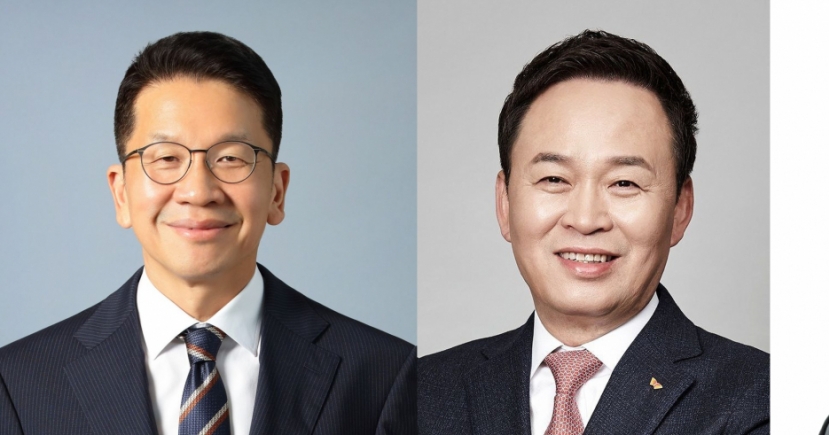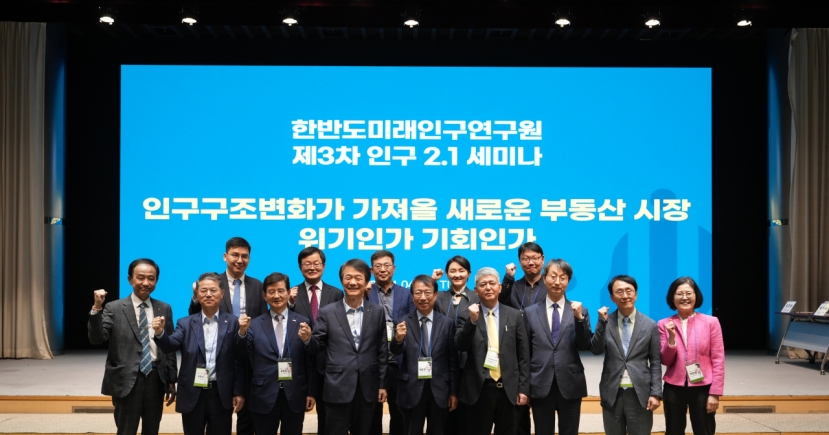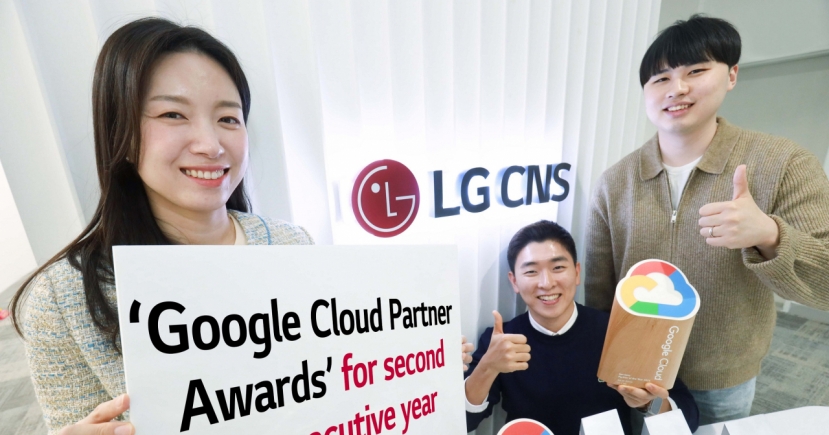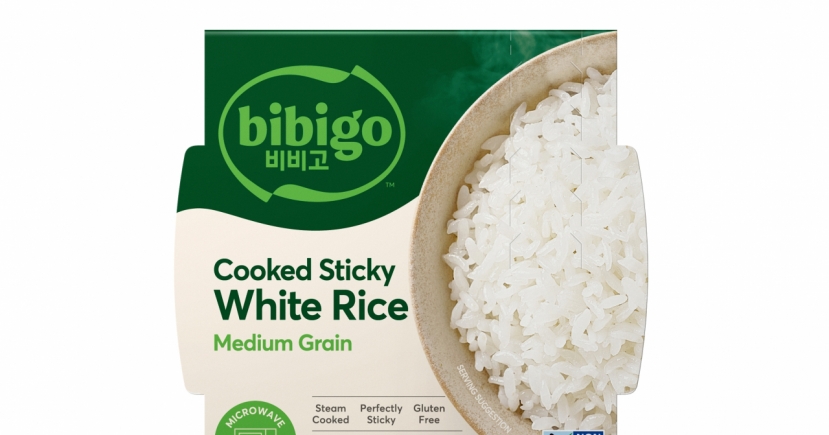Economy
Korea to spend W11.2tr for midrange borrowers
[THE INVESTOR] South Korea’s financial policymaker said on Jan. 25 it plans to circulate a combined 11.2 trillion won (US$10.6 billion) this year for local retail borrowers that hold midrange credit scores while having trouble finding corresponding loans.
The Financial Services Commission pledged this year to pour a combined 8 trillion won into state-run loan products, including those designed for refinancing. The remaining 3.2 trillion won will be spent to encourage private banking institutions to develop and sell midrange loan products this year, and the volume of support is expected to gradually increase, according to the plan.
By 2022, the government’s annual financial support for five commercial banking groups -- Shinhan, KB, KEB Hana, NH and Woori -- will increase by 2.5 times to 2.4 trillion won from 2017. Direct banks Kakao Bank and K Bank received 900 billion won in 2017, and the volume will increase by 3.5 times to 3.1 trillion won in 2022, according to the plan.
Such government measures to help bridge the financial gap among its people are expected to come in line with a plan to reduce maximum interest rates to 24 percent from the current 27.9 percent, starting Feb. 8.
Choi Jong-ku, chairman of the Financial Services Commission, called the state financial support a “light foothold” to tackle ordinary people’s financial troubles, in a speech on Jan. 25.
He also expected a 350 billion won decrease in borrowers’ total volume of repayment for loans.
Other than the state-led financial support, the FSC said a body joined by financial institutions and the watchdog has been preparing share information to better rate credit scores of retail borrowers, said Choi Joon-woo, director-general of the consumer finance and protection bureau at the FSC.
South Korean borrowers holding midrange credit scores of between 4 to 6, on the scale of 1 to 10, had found it hard to take out loans at midrange interest rates. They had few choices but to turn to loan products with interest rates of over 20 percent by nonbanking financial institutions. Korean banks had offered consumer loans exclusively for those with credit scores higher than 3.
As of November 2017, commercial lenders’ average interest rate for consumer loans came to 5.1 percent, while those of savings banks and hard money loan providers reached 25.4 percent and 21.6 percent, respectively.
Korean law stipulates that a loan product sold at an interest rate of 18 percent or lower, with 70 percent of the entire product offered to those with credit grades at lower than 4, is considered a midrange loan product.
By Son Ji-hyoung/The Korea Herald (consnow@heraldcorp.com)
The Financial Services Commission pledged this year to pour a combined 8 trillion won into state-run loan products, including those designed for refinancing. The remaining 3.2 trillion won will be spent to encourage private banking institutions to develop and sell midrange loan products this year, and the volume of support is expected to gradually increase, according to the plan.
By 2022, the government’s annual financial support for five commercial banking groups -- Shinhan, KB, KEB Hana, NH and Woori -- will increase by 2.5 times to 2.4 trillion won from 2017. Direct banks Kakao Bank and K Bank received 900 billion won in 2017, and the volume will increase by 3.5 times to 3.1 trillion won in 2022, according to the plan.
Such government measures to help bridge the financial gap among its people are expected to come in line with a plan to reduce maximum interest rates to 24 percent from the current 27.9 percent, starting Feb. 8.
Choi Jong-ku, chairman of the Financial Services Commission, called the state financial support a “light foothold” to tackle ordinary people’s financial troubles, in a speech on Jan. 25.
He also expected a 350 billion won decrease in borrowers’ total volume of repayment for loans.
Other than the state-led financial support, the FSC said a body joined by financial institutions and the watchdog has been preparing share information to better rate credit scores of retail borrowers, said Choi Joon-woo, director-general of the consumer finance and protection bureau at the FSC.
South Korean borrowers holding midrange credit scores of between 4 to 6, on the scale of 1 to 10, had found it hard to take out loans at midrange interest rates. They had few choices but to turn to loan products with interest rates of over 20 percent by nonbanking financial institutions. Korean banks had offered consumer loans exclusively for those with credit scores higher than 3.
As of November 2017, commercial lenders’ average interest rate for consumer loans came to 5.1 percent, while those of savings banks and hard money loan providers reached 25.4 percent and 21.6 percent, respectively.
Korean law stipulates that a loan product sold at an interest rate of 18 percent or lower, with 70 percent of the entire product offered to those with credit grades at lower than 4, is considered a midrange loan product.
By Son Ji-hyoung/The Korea Herald (consnow@heraldcorp.com)


![[Exclusive] Korean military set to ban iPhones over 'security' concerns](http://res.heraldm.com/phpwas/restmb_idxmake.php?idx=151&simg=/content/image/2024/04/23/20240423050599_0.jpg)




![[Herald Interview] Bridging Korea, Philippines for better future](http://res.heraldm.com/phpwas/restmb_idxmake.php?idx=151&simg=/content/image/2024/04/23/20240423050735_0.jpg)
